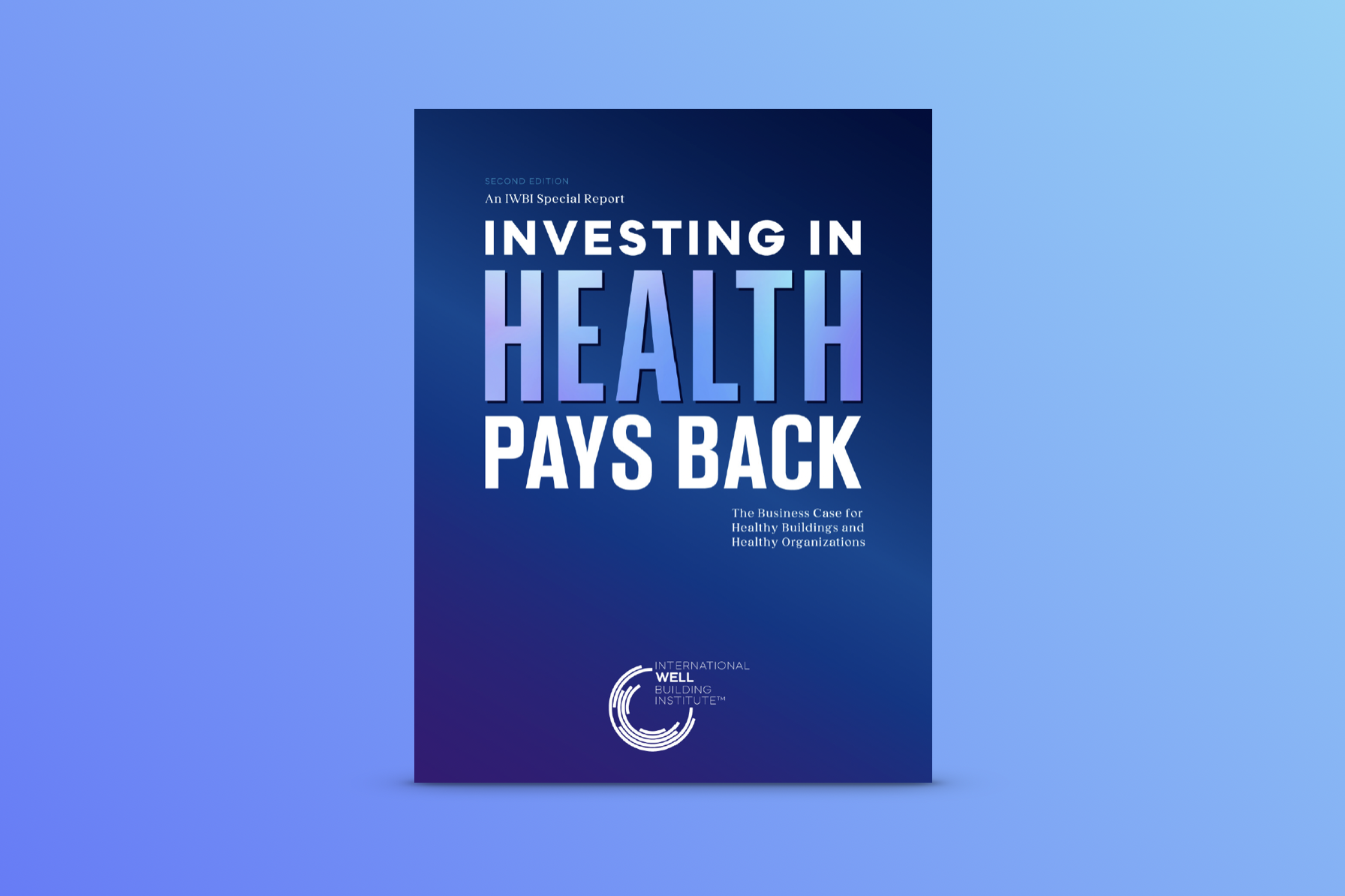
Traditional acoustics are the backbone of healthy environments. Controlling reverberation, creating private spaces, and ensuring comfort are all essential foundations of wellbeing and performance. But designers now have a growing range of complementary tools that can elevate buildings from a sonic perspective.
The IWBI's report highlights “active acoustic treatment systems” – technologies that introduce beneficial sounds intelligently into physical spaces to improve health, mood and cognitive performance. These systems don’t replace acoustic materials or planning – they work alongside them, adding an adaptive layer that supports wellbeing. Where passive acoustics manage noise, active systems shape its experience – creating a different sensory experiences across a building to support different people and activities, and creating living experiences that adapt in real-time to changing needs.
Alongside metrics for air, lighting, and thermal comfort, the IWBI draws on research to make the case for sound as a quantifiable driver of performance: A University of Chicago and UC Irvine study found that exposure to nature sounds improved cognitive performance by 13.9%. And Browning and Walker’s “An Ear for Nature” demonstrated that soundscaping can reduce wasted time by 55%, which is equivalent to around $200,000 per year in savings for a company of 100 employees.
The report also broadens the definition and considerations of biophilic design. Beyond greenery and daylight, it highlights “digital nature” — the use of sound, scent, and imagery to evoke the psychological benefits of being outdoors.
Listening to birdsong or running water, it notes, can trigger the same physiological responses as real nature – like improved mood, reduced stress, and better concentration. This highlights that the sensory experience of nature, even when mediated through technology, can make buildings more restorative and productive.
IWBI’s report highlights GSK’s new London headquarters as a leading example of this approach. The building integrates circadian lighting, real-time air monitoring, and soundscaping, and has achieved WELL Platinum certification.
Powered by Moodsonic, the system generates adaptive, nature-inspired sound environments that evolve with occupancy and activity. As part of GSK's substantial research efforts in the new building's design, it found that soundscaping resulted in an 8% improvement in decision-making performance, alongside gains in focus and calm.
The WELL framework’s expanded view of sound shows that the goal is no longer just to reduce noise, but to curate environments that support how people think and feel. Together, acoustics and soundscaping can create environments that are comfortable, connected and productive.
IWBI’s demonstrates that the economics of designing for health are compelling, and sound belongs in that equation. For architects, developers, and workplace leaders, this opens new, exciting creative territory for design – a blend of science and technology.
The scope of sound in buildings is no longer just a problem to manage, it's an experiential opportunity. And it's an opportunity that organizations are demonstrating tangible outcomes from.